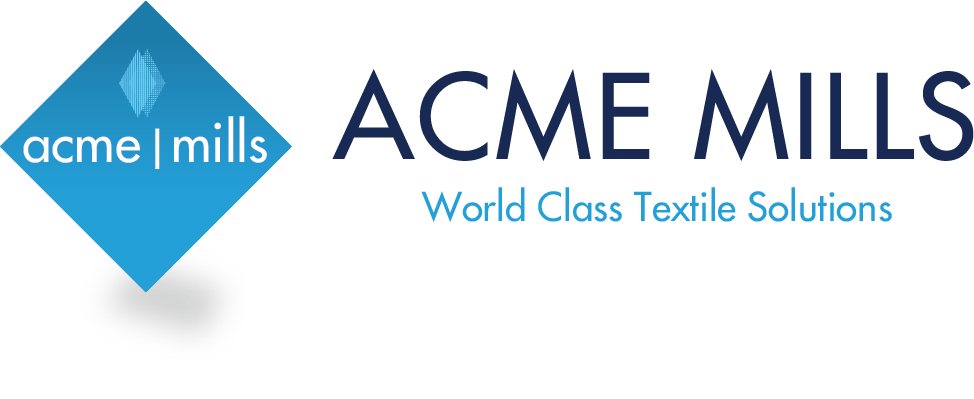In the article “Aircraft Fabric Covering” from Aircraft Systems Tech, the pivotal role of fabric-covered aircraft in aviation history is explored. From the iconic Wright Flyer’s fabric-covered wood frame to the enduring adoption by aircraft designers and builders in the early production decades, fabric covering has played a central part. The utilization of fabric coverings offers a key advantage—lightweight construction. However, it’s essential to recognize the accompanying challenges: flammability and limited durability.
Early aircraft utilized organic fabrics like Irish linen and cotton for airframe covering. However, these materials exhibited sagging tendencies that exposed the aircraft structure to external elements. To mitigate this, builders started applying coatings of oils and varnishes. A significant milestone emerged in 1916 with the introduction of nitrate dope—a blend of cellulose dissolved in nitric acid—as an aircraft fabric coating. Nitrate dope not only safeguarded the fabric but also adhered well and provided a smooth, durable finish upon drying. Yet, its drawback lay in extreme flammability.
To counter the flammability concern, aircraft designers experimented with butyrate dope—a preparation of cellulose dissolved in butyric acid. While this mixture protected fabric from moisture and dirt, it lacked the adherence prowess of nitrate dope. Ultimately, a dual dope coating system was developed. Fabric first received a nitrate dope coat for adhesion and protection, followed by subsequent applications of butyrate dope. This hybrid approach curtailed fabric flammability, thus establishing itself as the standard fabric treatment system.
Click here to learn more about Acme Mills products and services.
Photo and article with all rights reserved, courtesy of aircraftsystemstech.com










